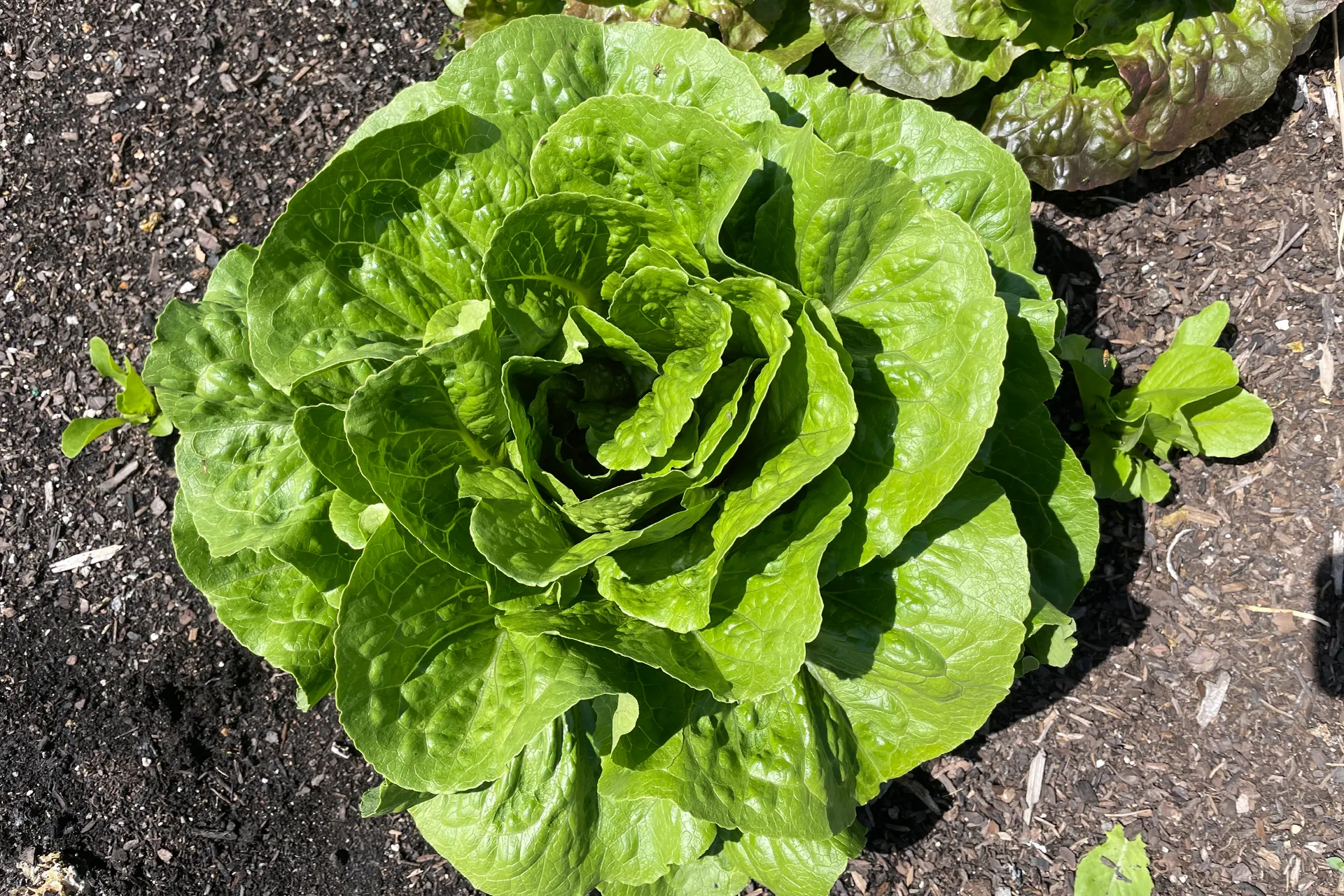This post may contain affiliate links. When you purchase through links on my site, I may earn a commission at no cost to you. See my Privacy Policy for details.
Lettuce is one of the most popular vegetables to grow in home gardens. It’s relatively easy to cultivate, thrives in a variety of climates, and offers a fresh, crisp addition to salads and sandwiches. I’ll walk you through the steps to growing lettuce, from selecting the right variety to harvesting your leafy greens.
Choosing the Right Lettuce Variety
Lettuce comes in several varieties, each with its unique flavor, texture, and growing requirements. Here are the main types:
- Leaf Lettuce (Lactuca sativa var. crispa): Known for its loose leaves and mild flavor, leaf lettuce is the easiest type to grow. Varieties include Red Sails, Black Seeded Simpson, and Oak Leaf.
- Romaine (Lactuca sativa var. longifolia): Romaine lettuce has tall, sturdy leaves with a crisp texture. Popular varieties include Parris Island and Little Gem.
- Butterhead (Lactuca sativa var. capitata): Also known as Bibb or Boston lettuce, this variety has soft, buttery leaves. Tom Thumb and Buttercrunch are common types.
- Crisphead (Lactuca sativa var. capitata): Often referred to as iceberg lettuce, this type forms tight, crispy heads. Iceberg and Great Lakes are popular varieties.
Climate Considerations
Lettuce is a cool-season crop that thrives in mild temperatures. However, some varieties are more heat-tolerant than others. Understanding your local climate is crucial for selecting the right lettuce variety:
- Cool Climates: In cooler regions, most types of lettuce will thrive. Varieties like Butterhead and Romaine perform exceptionally well.
- Warm Climates: For areas with warmer temperatures, opt for heat-tolerant varieties such as Jericho Romaine, Black Seeded Simpson, or Muir. These varieties are less likely to bolt and become bitter in the heat.
- Seasonal Planting: Plant lettuce in early spring and fall to avoid the peak summer heat. In regions with mild winters, you can grow lettuce year-round.
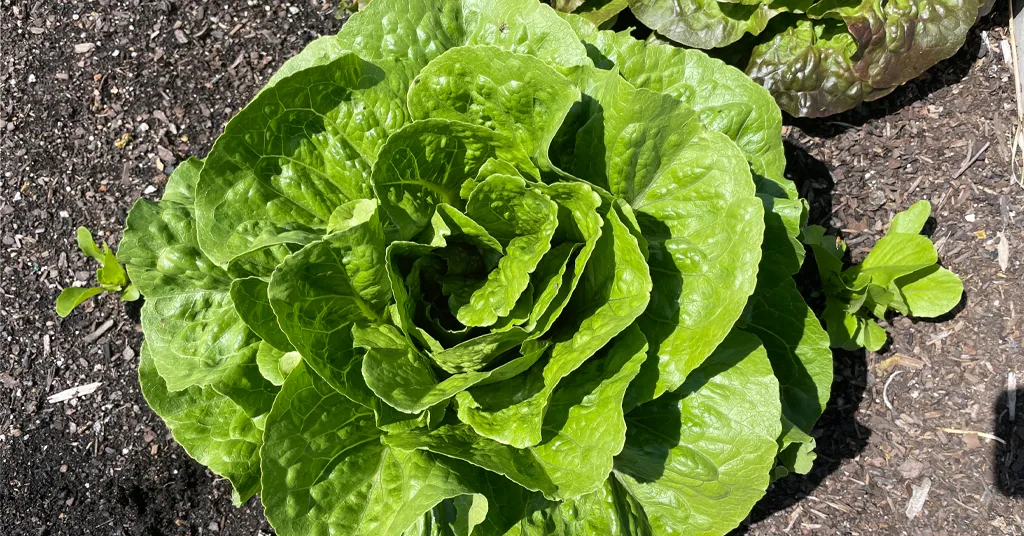
Space and Container Options
Lettuce is versatile and can be grown in various settings, making it an excellent choice for gardeners with limited space:
- Small Gardens: Leaf lettuce varieties are ideal for small garden spaces because they don’t require as much room to grow. You can plant them closer together and harvest individual leaves as needed.
- Containers: Lettuce grows well in containers, making it perfect for patios, balconies, or windowsills. Choose a container at least 6 inches deep with good drainage. Varieties like Tom Thumb, Little Gem, and Baby Oakleaf are well-suited for container gardening.
- Vertical Gardens: Use vertical gardening systems or hanging planters to maximize space. Leaf lettuce varieties adapt well to these growing methods.
Taste Preferences
Lettuce varieties differ significantly in flavor and texture, so it’s essential to choose those that match your taste preferences:
- Mild and Tender: Butterhead varieties like Buttercrunch and Bibb offer a soft, buttery texture and a mild flavor, perfect for delicate salads.
- Crisp and Crunchy: Romaine and Crisphead varieties provide a satisfying crunch. Romaine varieties like Parris Island have a slightly sweet taste, while Crisphead varieties like Iceberg are known for their crisp texture.
- Bold and Robust: For a more robust flavor, try leaf lettuce varieties like Red Sails or Oak Leaf, which have a slightly stronger taste and tender leaves.
- Mix and Match: Consider planting a mix of varieties to enjoy a range of flavors and textures in your salads. Mesclun mixes, which include different types of baby lettuces and greens, are a great option for a diverse salad base.
Growing Lettuce
Preparing the Soil
Lettuce prefers well-drained, fertile soil with a pH between 6.0 and 6.8. Follow these steps to prepare your soil:
- Clear the Area: Remove weeds, rocks, and debris from your garden bed.
- Amend the Soil: Mix in compost or well-rotted manure to enrich the soil with organic matter.
- Till the Soil: Loosen the soil to a depth of 8-10 inches to improve aeration and drainage.
Planting Lettuce
Lettuce is a cool-season crop. Plant it in early spring or late summer for fall harvests. Lettuce can be grown from seeds or transplants. Here’s how to plant each:
From Seeds
- Sow the Seeds: Plant seeds directly in the garden bed, 1/4 inch deep and 1 inch apart.
- Thin the Seedlings: Once the seedlings are 2-3 inches tall, thin them to 6-12 inches apart, depending on the variety.
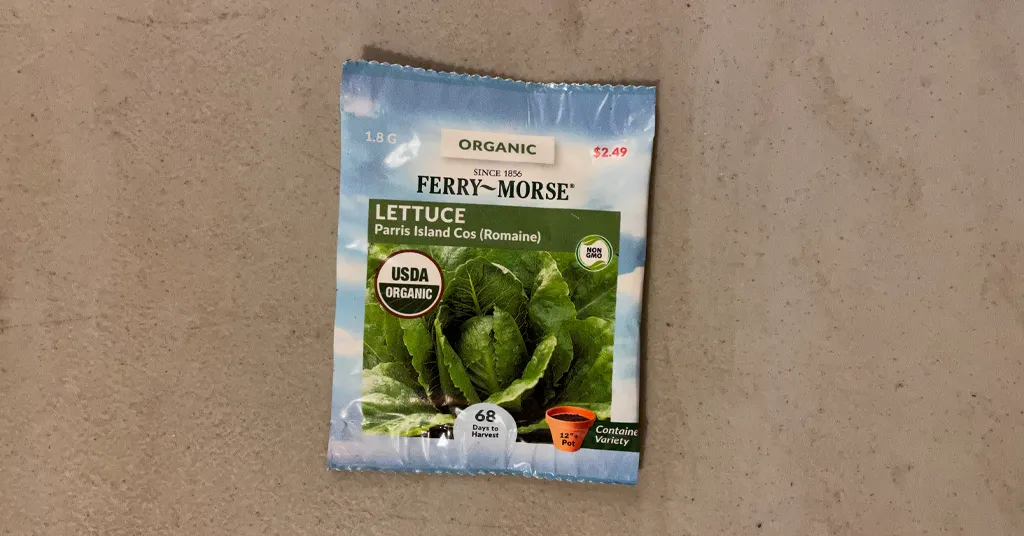
From Transplants
- Transplanting: Space transplants 6-12 inches apart, ensuring the soil is firm around the roots.
- Watering: Water thoroughly after planting to help establish the roots.
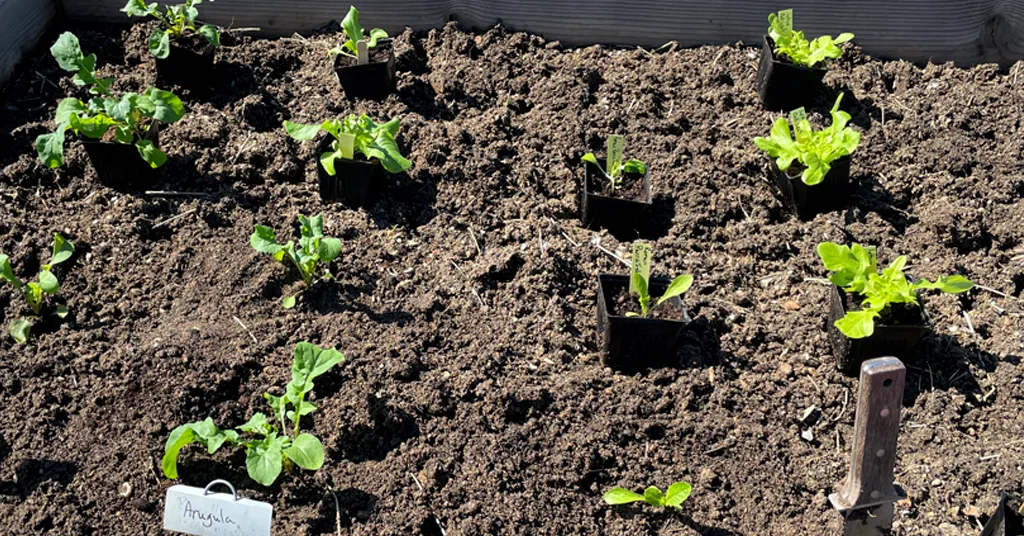
Watering and Fertilizing
Lettuce requires consistent moisture to thrive. Here are some tips:
- Watering: Keep the soil consistently moist but not waterlogged. Water in the morning to reduce the risk of disease.
- Mulching: Apply a layer of mulch around the plants to retain moisture and suppress weeds.
- Fertilizing: Apply a balanced, water-soluble fertilizer every two weeks to promote healthy growth.
Pest and Disease Management
Lettuce is susceptible to various pests and diseases. Here’s how to manage them:
- Aphids: Spray plants with insecticidal soap or a strong jet of water to dislodge aphids.
- Slugs and Snails: Use organic slug baits or place copper tape around garden beds to deter these pests.
- Downy Mildew: Ensure good air circulation and avoid overhead watering to prevent this fungal disease.
Harvesting Lettuce
Knowing when and how to harvest lettuce ensures the best flavor and texture. Harvest lettuce early in the morning when it’s cool. This helps maintain its crispness.
- Leaf Lettuce: Harvest outer leaves as needed, or cut the entire plant 1 inch above the soil for regrowth.
- Romaine and Butterhead: Wait until the heads are firm and fully formed before cutting at the base.
- Crisphead: Harvest once the heads are compact and firm, typically 75-85 days after planting.
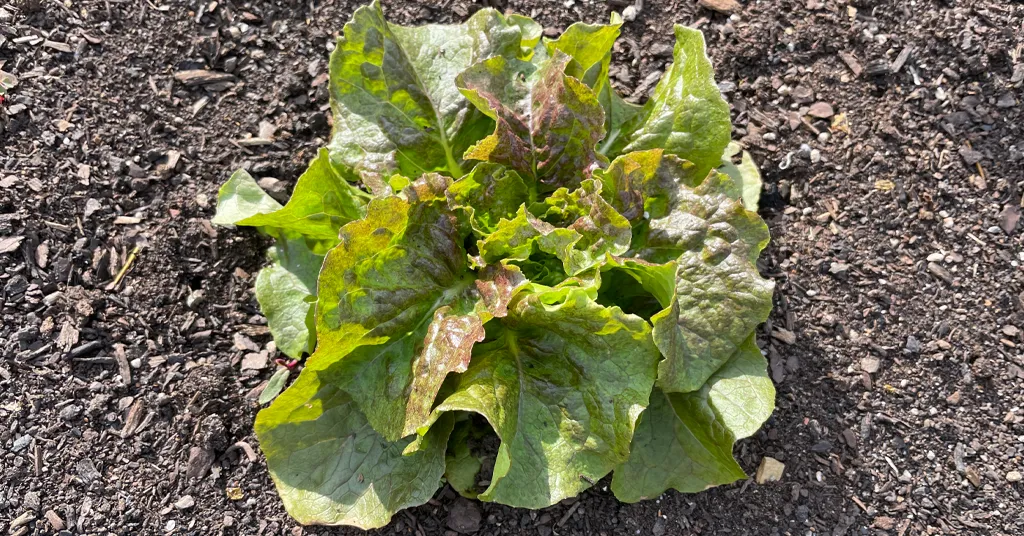
Storing Fresh Lettuce
Proper storage is essential to keep your homegrown lettuce fresh and crisp. Here are some tips to ensure your lettuce stays at its best:
- Initial Cleaning: If the lettuce is particularly dirty, gently rinse it in cold water and dry thoroughly with a salad spinner or by patting it with a clean kitchen towel.
- Storage Containers: Store lettuce in the refrigerator, preferably in a perforated plastic bag or a container that allows for some airflow. This helps maintain humidity while preventing excess moisture buildup.
- Perforated Bags: If you don’t have perforated bags, you can use a regular plastic bag with small holes punched in it. Alternatively, wrap the lettuce in a paper towel before placing it in a plastic bag to absorb excess moisture.
- Crisper Drawer: Place the lettuce in the crisper drawer of your refrigerator, which is designed to keep vegetables fresh by maintaining an optimal humidity level.
- Keep It Cool: Store lettuce at temperatures between 32-36°F (0-2°C) to maximize shelf life. Warmer temperatures can cause the lettuce to wilt and lose its crispness.
- Avoid Ethylene: Keep lettuce away from fruits that produce ethylene gas, such as apples and bananas, as this gas can accelerate spoilage.
- Rehydrating Wilted Lettuce: If your lettuce starts to wilt, you can often revive it by soaking the leaves in a bowl of ice water for 15-20 minutes. This helps to rehydrate the cells and restore some of the crispness.
Tips for Success
- Succession Planting: Plant lettuce every two weeks for a continuous harvest throughout the growing season.
- Shade Cloth: Use shade cloth during hot weather to prevent bolting (premature flowering).
- Companion Planting: Grow lettuce alongside carrots, radishes, and onions to improve growth and deter pests. Avoid planting lettuce near brassicas (like broccoli and kale) as they compete for similar nutrients.
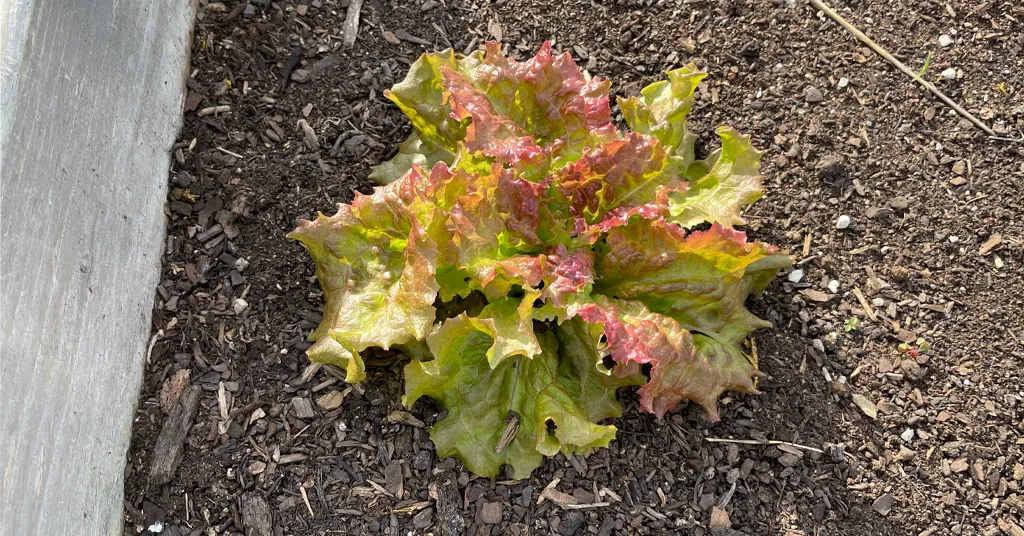
Troubleshooting Common Problems
Even experienced gardeners encounter challenges when growing lettuce. Here are some common issues and tips on how to address them:
Bolting
Bolting occurs when lettuce starts to flower and produce seeds, often resulting in bitter-tasting leaves. This can be caused by heat or stress. Here’s how to manage bolting:
- Temperature Control: Plant lettuce in early spring or fall when temperatures are cooler. In warmer climates, use shade cloth to protect plants from excessive heat.
- Watering: Ensure consistent moisture to reduce stress on the plants. Mulching can help retain soil moisture and keep roots cool.
- Variety Selection: Choose bolt-resistant varieties like Jericho Romaine or Buttercrunch to better tolerate warmer conditions.
Yellowing Leaves
Yellow leaves can be a sign of several issues, including overwatering, poor soil drainage, or nutrient deficiencies. Here’s how to address yellowing leaves:
- Watering Practices: Ensure you’re not overwatering. Lettuce needs consistent moisture but should not be waterlogged. Allow the soil to dry slightly between waterings.
- Soil Drainage: Improve soil drainage by adding organic matter like compost or peat moss. Raised beds can also enhance drainage.
- Nutrient Management: Yellowing leaves may indicate a lack of essential nutrients, particularly nitrogen. Apply a balanced fertilizer or compost to provide the necessary nutrients.
Poor Germination
Poor seed germination can result from improper soil temperature, moisture levels, or old seeds. Here are some tips to improve germination:
- Soil Temperature: Lettuce seeds germinate best at soil temperatures between 55-70°F (13-21°C). Use a soil thermometer to monitor conditions and plant at the right time.
- Moisture Levels: Keep the soil consistently moist but not waterlogged during the germination period. Covering seeds with a thin layer of vermiculite can help retain moisture.
- Seed Quality: Use fresh, high-quality seeds for the best germination rates. Store seeds in a cool, dry place to maintain their viability.
Growing Lettuce Season Extension Techniques
Extending the growing season for lettuce can help you enjoy fresh greens for a longer period, even in cooler weather. Here are some effective methods to achieve this:
Using Row Covers
Row covers are lightweight fabrics that can be draped over lettuce plants to protect them from frost, pests, and harsh weather conditions. Here’s how to use row covers effectively:
- Frost Protection: Row covers can provide a few degrees of frost protection, allowing you to plant lettuce earlier in the spring and extend the harvest into late fall. Choose heavier fabrics for more frost protection.
- Pest Control: Row covers also act as a physical barrier against pests such as aphids, beetles, and caterpillars. Ensure the covers are securely anchored to prevent pests from getting underneath.
- Installation: Drape the row cover over hoops or directly on the plants, leaving enough slack for the plants to grow. Secure the edges with soil, rocks, or pins to keep the cover in place.
- Ventilation: On warmer days, lift the covers or use perforated row covers to ensure adequate air circulation and prevent overheating.
Cold Frames and Greenhouses
Cold frames and greenhouses create a controlled environment that protects lettuce from cold temperatures and extends the growing season. Here’s how to utilize these structures:
- Cold Frames: A cold frame is a simple structure made with a transparent cover (such as glass or plastic) and a wooden or metal frame. Place the cold frame over your lettuce bed to create a microclimate that retains heat and shields plants from frost.
- DIY Cold Frames: You can build a cold frame using old windows or clear plastic sheeting. Position the frame facing south to maximize sunlight exposure.
- Ventilation: Open the lid during the day to prevent overheating and close it at night to retain heat.
- Greenhouses: Greenhouses provide a more robust and versatile environment for growing lettuce throughout the year. They offer better control over temperature, humidity, and light conditions.
- Heating: In colder climates, use supplemental heating to maintain optimal growing temperatures inside the greenhouse.
- Lighting: During short winter days, use grow lights to provide additional light and promote healthy growth.
- Hydroponics: Consider hydroponic systems within your greenhouse for efficient, soil-free lettuce cultivation.
FAQs
How long does it take to grow lettuce?
Lettuce typically takes 30 to 70 days to reach maturity, depending on the variety and growing conditions.
Can lettuce grow in the shade?
Yes, lettuce can grow in partial shade. It prefers some shade, especially in hot climates.
What are the best varieties of lettuce for beginners?
Leaf lettuce varieties like Black Seeded Simpson or Butterhead varieties like Bibb are great for beginners due to their easy growth and quick harvest time.
How do I prevent my lettuce from bolting?
To prevent bolting, plant lettuce in cooler weather, keep the soil consistently moist, and provide some shade during hot spells.
Is it possible to grow lettuce indoors?
Yes, lettuce can be grown indoors with sufficient light, either from a sunny window or using grow lights

